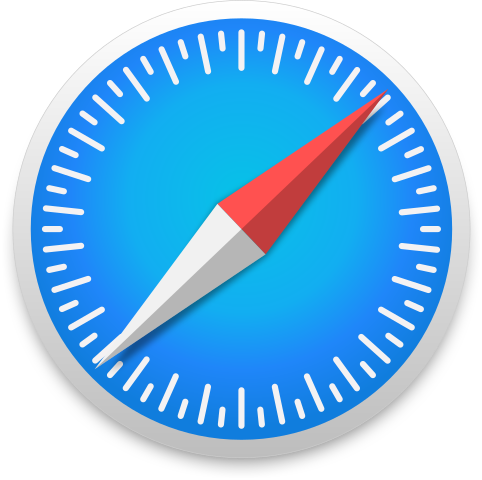As the United States confronts an ever-changing set of international challenges, our foreign policy leaders continue to offer the same old answers. But what are the alternatives? In None Of The Above, the Eurasia Group Institute for Global Affairs' Mark Hannah asks leading global thinkers for new answers and new ideas to guide an America increasingly adrift in the world. www.noneoftheabovepodcast.org
…
continue reading
Контент предоставлен Chris North and Edward Gomez. Весь контент подкастов, включая эпизоды, графику и описания подкастов, загружается и предоставляется непосредственно компанией Chris North and Edward Gomez или ее партнером по платформе подкастов. Если вы считаете, что кто-то использует вашу работу, защищенную авторским правом, без вашего разрешения, вы можете выполнить процедуру, описанную здесь https://ru.player.fm/legal.
Player FM - приложение для подкастов
Работайте офлайн с приложением Player FM !
Работайте офлайн с приложением Player FM !
Space Environmentalism
Manage episode 330212327 series 2738336
Контент предоставлен Chris North and Edward Gomez. Весь контент подкастов, включая эпизоды, графику и описания подкастов, загружается и предоставляется непосредственно компанией Chris North and Edward Gomez или ее партнером по платформе подкастов. Если вы считаете, что кто-то использует вашу работу, защищенную авторским правом, без вашего разрешения, вы можете выполнить процедуру, описанную здесь https://ru.player.fm/legal.
In the 65 years since Sputnik 1 was launched in 1957, the number of artificial satellites in orbit has been increasing. In the last two years, the number of satellites has doubled, largely thanks to the huge "constellations" launched by companies such as SpaceX. The number of satellites has a detrimental impact on astronomical observations, both with professional telescopes and by amateur astronomers. Dr Meredith Rawls, from University of Washington, is planning observations with the Vera Rubin Observatory, while Professor Andy Lawrence is a Regius Professor at the Royal Observatory Edinburgh. With forecasts indicating up to 100,000 satellites in a matter of years, a 20-fold increase on today's numbers, there could be serious implications for astronomers around the world. But what has led to this increase in satellites? Dr Moribah Jah, co-founder and Chief Scientist at Privateer Space, explains why there are so many satellites being launched, and what the risks are both for satellites and down here on Earth. There are proposed solutions, but they require geopolitical collaboration. Further afield, this month saw the first images of Sagittarius A*, the supermassive black hole at the centre of our galaxy. Edward Gomez discusses the implications of the detection, and what it might tell us about the evolution of galaxies.
…
continue reading
118 эпизодов
Manage episode 330212327 series 2738336
Контент предоставлен Chris North and Edward Gomez. Весь контент подкастов, включая эпизоды, графику и описания подкастов, загружается и предоставляется непосредственно компанией Chris North and Edward Gomez или ее партнером по платформе подкастов. Если вы считаете, что кто-то использует вашу работу, защищенную авторским правом, без вашего разрешения, вы можете выполнить процедуру, описанную здесь https://ru.player.fm/legal.
In the 65 years since Sputnik 1 was launched in 1957, the number of artificial satellites in orbit has been increasing. In the last two years, the number of satellites has doubled, largely thanks to the huge "constellations" launched by companies such as SpaceX. The number of satellites has a detrimental impact on astronomical observations, both with professional telescopes and by amateur astronomers. Dr Meredith Rawls, from University of Washington, is planning observations with the Vera Rubin Observatory, while Professor Andy Lawrence is a Regius Professor at the Royal Observatory Edinburgh. With forecasts indicating up to 100,000 satellites in a matter of years, a 20-fold increase on today's numbers, there could be serious implications for astronomers around the world. But what has led to this increase in satellites? Dr Moribah Jah, co-founder and Chief Scientist at Privateer Space, explains why there are so many satellites being launched, and what the risks are both for satellites and down here on Earth. There are proposed solutions, but they require geopolitical collaboration. Further afield, this month saw the first images of Sagittarius A*, the supermassive black hole at the centre of our galaxy. Edward Gomez discusses the implications of the detection, and what it might tell us about the evolution of galaxies.
…
continue reading
118 эпизодов
Все серии
×Добро пожаловать в Player FM!
Player FM сканирует Интернет в поисках высококачественных подкастов, чтобы вы могли наслаждаться ими прямо сейчас. Это лучшее приложение для подкастов, которое работает на Android, iPhone и веб-странице. Зарегистрируйтесь, чтобы синхронизировать подписки на разных устройствах.




